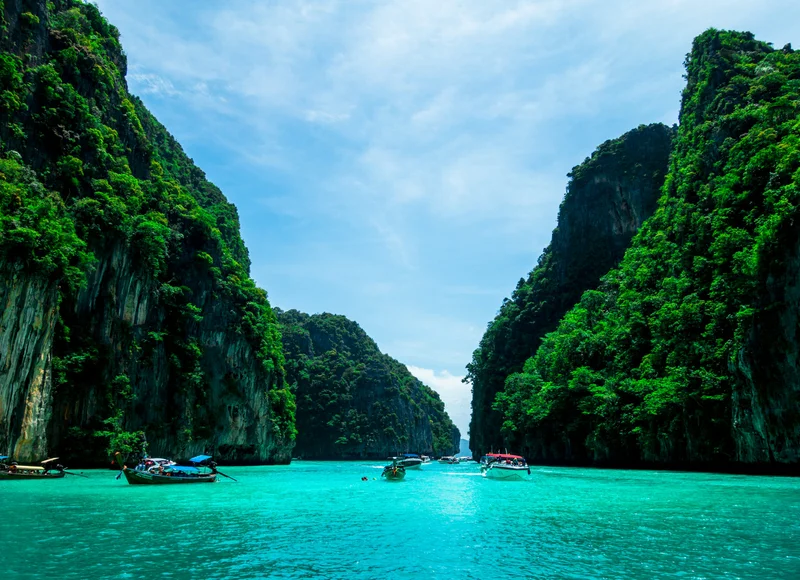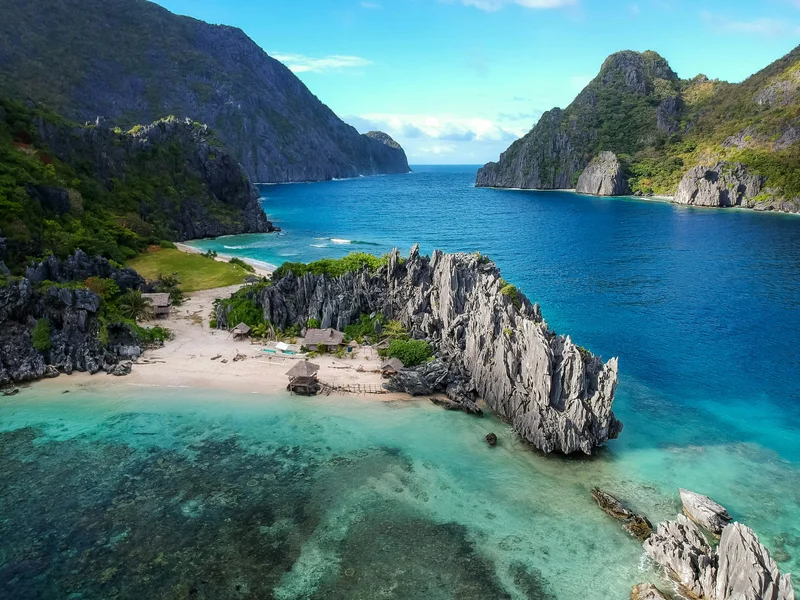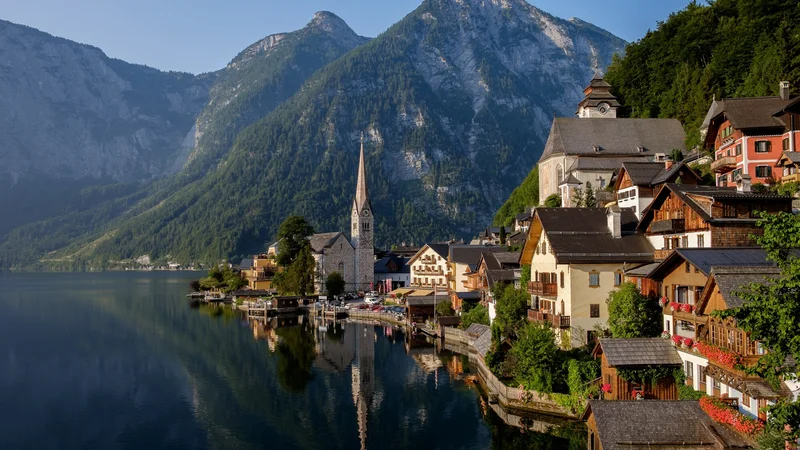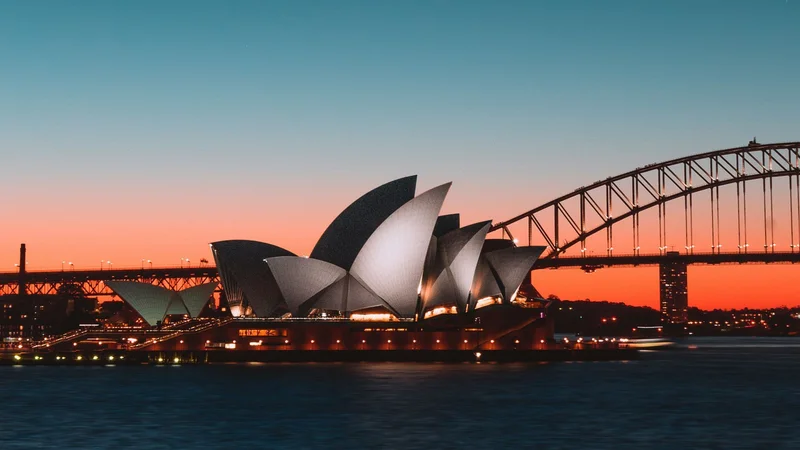Boracay Beach Culture: Paradise Redefined Through Sustainable Tourism

Boracay has undergone a remarkable transformation from a backpacker's secret to one of the world's most celebrated beach destinations, and more recently, to a model of sustainable tropical tourism. This 7-kilometer stretch of powdery white sand and crystal-clear waters now demonstrates how paradise can be preserved through responsible travel practices and environmental stewardship.
The Great Boracay Rehabilitation
In 2018, Boracay underwent a six-month closure for environmental rehabilitation, transforming from an over-touristed destination into a model of sustainable beach tourism. This bold conservation effort restored the island's natural beauty while establishing new standards for responsible travel in Southeast Asia.
White Beach: Four Kilometers of Perfection
White Beach remains Boracay's crown jewel, stretching four kilometers along the island's western coast. The beach's world-famous powdery white sand, composed of finely crushed coral and shells, creates an almost ethereal walking surface that stays cool even under the tropical sun. The beach is divided into three stations, each offering distinct experiences and accommodation styles.
Station 1 showcases upscale resorts and fine dining establishments, while Station 2 buzzes with shopping, restaurants, and water sports activities. Station 3 provides a more relaxed atmosphere perfect for families and budget-conscious travelers seeking authentic island experiences without sacrificing comfort.
Station 1: Luxury Zone
- • Upscale beachfront resorts
- • Fine dining restaurants
- • Spa and wellness centers
- • Quieter beach sections
Station 2: Activity Hub
- • Water sports center
- • Shopping and markets
- • Diverse dining options
- • Nightlife and entertainment
Station 3: Local Vibe
- • Budget-friendly accommodations
- • Local food establishments
- • Authentic island culture
- • Family-friendly atmosphere
Beyond the Beach: Island Adventures
While White Beach captures most attention, Boracay offers diverse experiences beyond its famous shoreline. Puka Beach on the northern tip provides a more rugged, natural setting where larger shell fragments create unique textures and fewer crowds allow for peaceful contemplation. This area showcases Boracay's original character before tourism development.
Mount Luho, the island's highest point at 100 meters, offers panoramic views of the entire archipelago and neighboring islands. The viewpoint trail provides opportunities to explore Boracay's interior landscape, featuring native vegetation and birdwatching opportunities that contrast beautifully with the coastal environment.
Water Sports Paradise
Boracay's consistent trade winds and calm waters create ideal conditions for various water sports throughout the year. The island has become particularly renowned for kiteboarding and windsurfing, with Bulabog Beach on the eastern side serving as the primary water sports hub during the northeast monsoon season.
Seasonal Water Sports Guide
Culinary Evolution
Boracay's dining scene has evolved dramatically, transitioning from basic beachside grills to a sophisticated culinary destination that celebrates both international cuisine and Filipino flavors. Fresh seafood remains the cornerstone of island dining, with daily catches prepared using traditional cooking methods alongside contemporary culinary techniques.
Local specialties include fresh lobster, grilled fish, and the famous Boracay chori burger, while upscale restaurants now offer creative interpretations of Filipino classics using locally sourced ingredients. The island's food markets provide authentic experiences where visitors can sample tropical fruits, traditional snacks, and regional specialties.
Sustainable Tourism Practices
Post-rehabilitation Boracay demonstrates how popular destinations can implement sustainable tourism without sacrificing visitor experience. New regulations limit daily tourist arrivals, enforce strict waste management protocols, and require businesses to meet environmental standards that protect the island's fragile ecosystem.
Responsible Travel Guidelines
Planning Your Boracay Experience
The new Boracay requires advance planning due to tourist capacity limits and accommodation regulations. Book accommodations through certified establishments, arrange airport transfers in advance, and consider travel during shoulder seasons for a more intimate island experience while still enjoying favorable weather conditions.
The transformation of Boracay serves as an inspiring example of how beloved destinations can balance tourism with environmental protection, ensuring that future generations will continue to experience one of the world's most beautiful beaches in all its pristine glory.
Discover Sustainable Beach Destinations
Get exclusive guides to responsible beach travel and sustainable paradise destinations in the Philippines.







